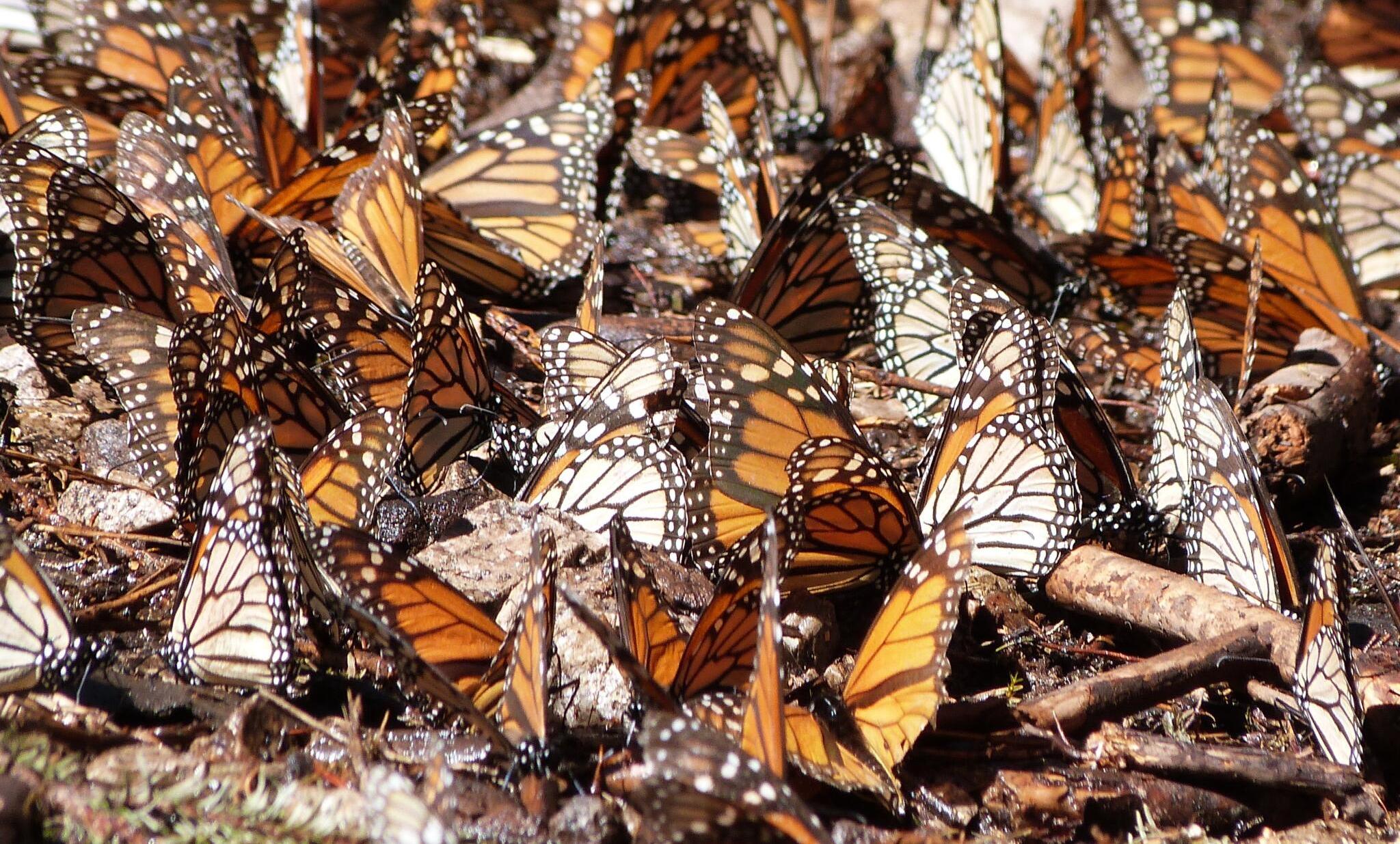Introduction to Tahiti’s Marine Life
With hundreds of species of fish, shellfish, crustaceans, and turtles, the waters surrounding the 118 islands that make up Tahiti teem with amazing underwater sights. The region is renowned for its vibrant marine biodiversity, making it a popular destination for snorkeling and diving enthusiasts.
Don scuba gear to catch glimpses of some of the larger and more impressive marine specimens, but even just snorkeling from your overwater bungalow on Tahiti, Moorea, or Bora Bora, you are likely to encounter some exciting species, from delicate reef fish to charming sea turtles and small black-tipped reef sharks.
What You’ll See Underwater
Here’s a look at 25 of the most common sea creatures you’ll see when you dive into the beautiful waters of Tahiti:
- Angelfish: Recognizable by their flat, black, white, and yellow-striped bodies, these fish sport a distinctive long fluttering top fin and a protruding nose.
- Southern stingrays: Commonly found in the shallow waters of Tahiti’s lagoons, these creatures are a highlight of the popular “shark and stingray feeding” tours, which are among the top activities in Tahiti.
- Barracuda: With their long, slender silver bodies and sharp teeth, these aggressive predators should be approached with caution.
- Black-tipped reef sharks: Abundant in the lagoon, these sleek sharks, known as mao mauri in Tahitian, typically measure around five feet long.
- Butterflyfish: These vibrant fish, characterized by their black, white, and yellow stripes, often gather in large schools across Tahiti’s lagoons.
- Clownfish: Made famous by Finding Nemo, these small, typically orange-striped fish can be seen flitting around the tentacles of sea anemones.
- Damselfish: Frequently spotted around coral reefs, these small fish display a variety of colors, including vivid blue with yellow tails.
- Dolphins: Pods of energetic bottlenose dolphins are often seen during boat excursions outside the islands’ lagoons.
- Green sea turtles: Endangered in status, these turtles are commonly found around the islands and are protected by several resorts, such as InterContinental Moorea Resort & Spa.
- Grouper: Various grouper species are typically seen, with some being docile enough to let divers pet them.
- Humpback whales: These magnificent marine mammals migrate through Tahiti’s waters from July to November, creating fantastic photo opportunities.
- Lemon sharks: Larger than black-tipped reef sharks, lemon sharks typically inhabit the open ocean beyond the reef-protected lagoons.
- Leopard rays: Commonly seen in the lagoons, these brownish-gray rays are distinguishable by their white spots.
- Manta rays: Though less prevalent than in previous years, these gentle giants can still be found around various dive sites.
- Moray eels: With their serpent-like appearance, these aggressive dwellers should be avoided as their bites can be serious.
- Needlefish: Long and slender, these fish are often found darting through shallow waters.
- Octopus: Rarely seen, these intelligent creatures may only appear when coaxed from their hiding spots.
- Parrotfish: Vibrantly colored, these fish are a common sight at Tahiti’s snorkel and dive spots.
- Pufferfish: When threatened, these small fish inflate their bodies to deter predators.
- Sea cucumbers: Living on the lagoon bottom, these creatures feed on algae, posing no threat to divers.
- Sea urchins: These spiny creatures should be avoided as their needles can inflict painful wounds.
- Snapper: Commonly found in large schools, snapper is also a popular dish across local menus.
- Starfish: Tahiti is home to an array of starfish varieties, ranging from brilliant blue to bright orange.
- Triggerfish: These colorful fish come in various combinations and can display aggressive behavior.
- Wrasse: This species varies greatly in size and is often found near coral formations.





